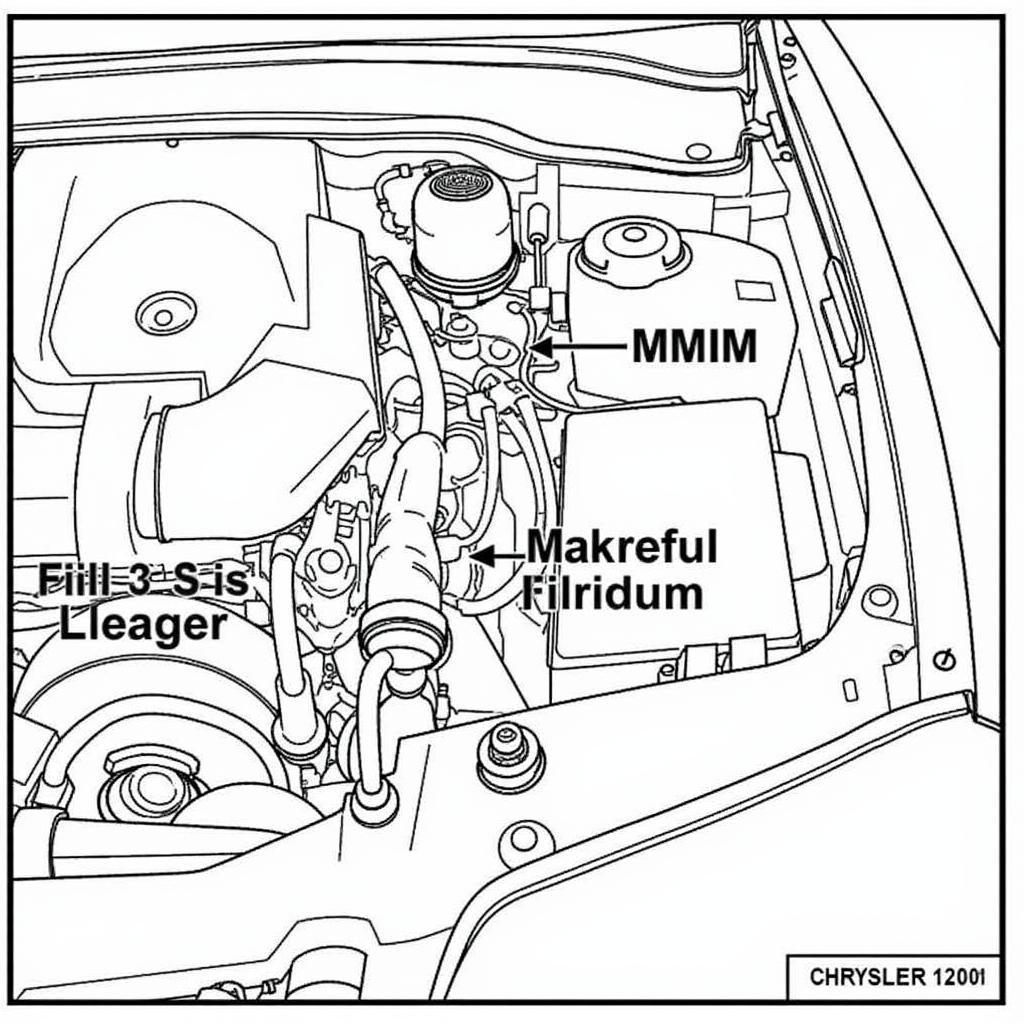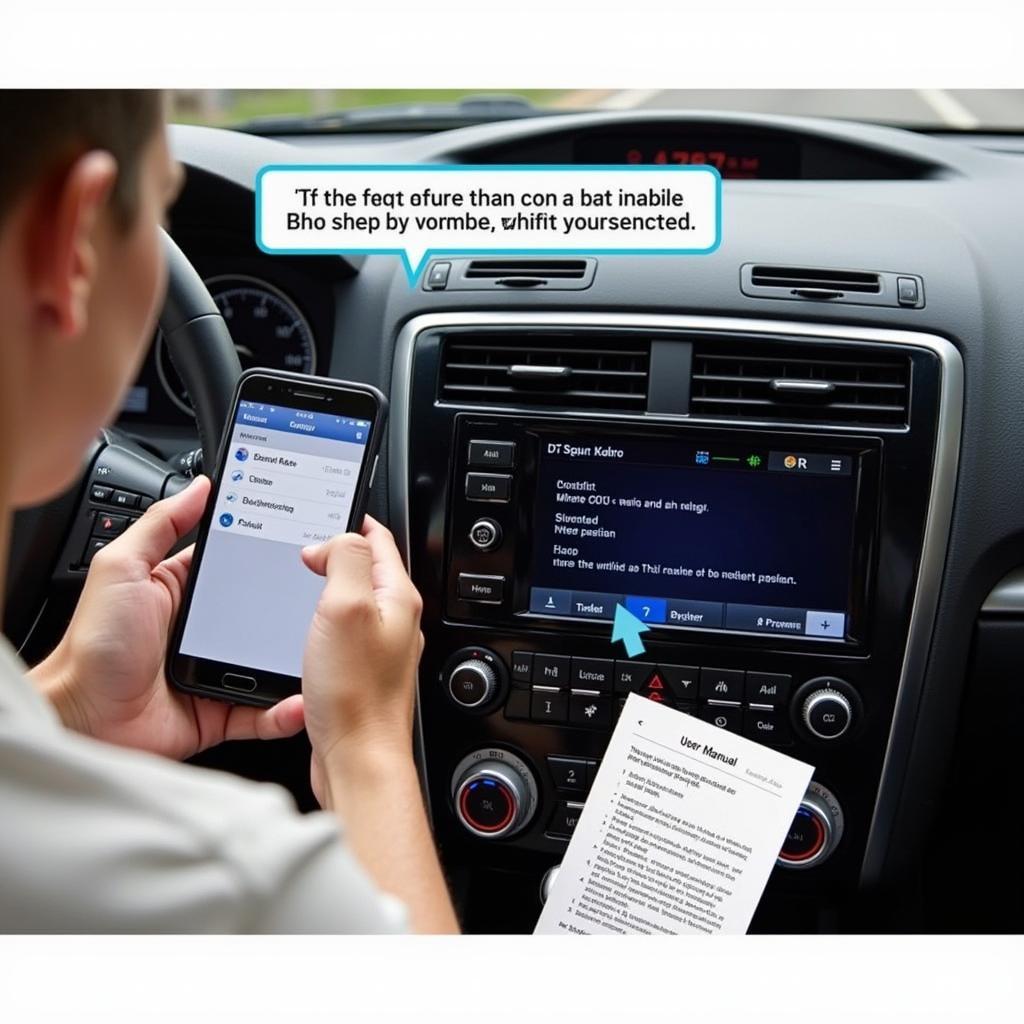A car battery is the lifeblood of your vehicle, providing the electrical current needed to start the engine and power various electrical components. Over time, car batteries naturally degrade and lose their ability to hold a charge. Recognizing the symptoms of a low car battery can save you from the inconvenience and potential danger of being stranded with a dead battery.
Common Low Car Battery Symptoms
Identifying a failing car battery early on can prevent unexpected breakdowns and costly repairs. Here are some common symptoms to watch out for:
1. Slow Engine Crank: When you turn the key in the ignition, the engine cranks slowly and takes longer than usual to start. This is often the first and most noticeable sign of a low battery.
2. Dim Headlights and Interior Lights: A weakened battery struggles to provide sufficient power to all electrical components. You may notice that your headlights and interior lights appear dimmer than usual, especially during startup.
3. Clicking Sound When Turning the Key: If you hear a rapid clicking sound when you turn the key, it indicates that the battery doesn’t have enough power to engage the starter motor.
4. Electrical Malfunctions: A low battery can disrupt the proper functioning of various electrical components in your car. You may experience issues with power windows, radio, power seats, or other accessories.
5. Dashboard Warning Light: Many modern vehicles have a dedicated battery warning light on the dashboard. If this light illuminates, it’s a clear indication that your battery requires attention.
What Causes a Car Battery to Drain?
Understanding the factors that contribute to car battery drain can help you prolong its lifespan and avoid unexpected issues:
-
Extreme Temperatures: Both hot and cold weather can negatively impact battery performance. Heat can accelerate the internal discharge rate, while cold temperatures reduce its overall capacity.
-
Old Age: Car batteries have a limited lifespan, typically ranging from 3 to 5 years. As the battery ages, its internal components degrade, leading to reduced performance and eventual failure.
-
Parasitic Drain: Even when your car is turned off, certain electrical components continue to draw a small amount of power, which can slowly drain the battery over time. This is known as parasitic drain.
-
Short Drives: Frequent short trips don’t allow the battery sufficient time to fully recharge. This can lead to a gradual depletion of the battery’s charge over time.
-
Faulty Alternator: The alternator is responsible for recharging the battery while the engine is running. A faulty alternator can prevent the battery from being properly recharged, leading to a drain.
How to Test Your Car Battery
Testing your car battery is a simple process that can be done using a multimeter:
- Safety First: Ensure that the engine is off and the parking brake is engaged before proceeding.
- Locate the Battery: Open the hood of your car and locate the battery. It is typically a rectangular box with positive (+) and negative (-) terminals.
- Connect the Multimeter: Set your multimeter to measure DC voltage. Connect the red probe to the positive (+) terminal and the black probe to the negative (-) terminal of the battery.
- Check the Voltage: A fully charged car battery should read around 12.6 volts. If the reading is significantly lower, it indicates a low battery that may need to be recharged or replaced.
Remote Diagnostic and Programming Solutions
Advancements in automotive technology have paved the way for remote diagnostic and programming solutions. As an automotive electrical engineer specializing in remote services, I leverage advanced diagnostic tools and software to remotely identify and resolve car battery and electrical system issues.
“Remote diagnostics allow us to analyze a vehicle’s electrical system data in real-time, providing valuable insights into battery health, charging system performance, and potential parasitic drains.” – John Smith, Automotive Electrical Engineer
Through secure remote access, I can perform various tasks, including:
- Battery Health Assessment: Analyze battery voltage, state of charge, and other parameters to determine its overall health and remaining lifespan.
- Charging System Diagnosis: Identify issues with the alternator, voltage regulator, or wiring that may be affecting battery charging.
- Parasitic Drain Detection: Pinpoint any abnormal current draws that are draining the battery when the vehicle is off.
- Software Updates: Install the latest software updates for battery management systems and other electronic control units (ECUs) to optimize performance and address potential issues.
Conclusion
Being aware of the symptoms of a low car battery and understanding the factors that contribute to its drain can help you avoid inconvenient breakdowns and ensure the smooth operation of your vehicle. Regularly inspecting your battery, performing simple tests, and seeking professional assistance when needed are crucial for maintaining its health and extending its lifespan.
With the advent of remote diagnostic and programming solutions, addressing car battery and electrical system issues has become more convenient and efficient. Don’t hesitate to leverage these advanced services to keep your vehicle running smoothly and avoid unexpected surprises on the road.



